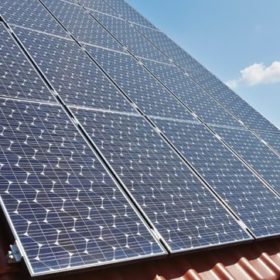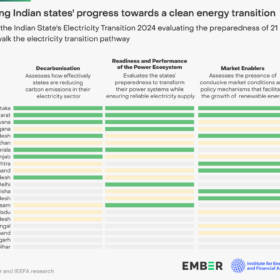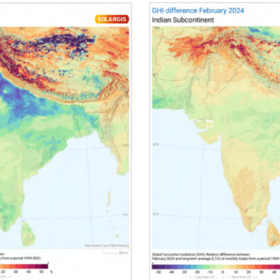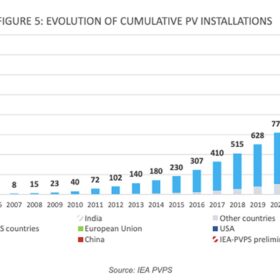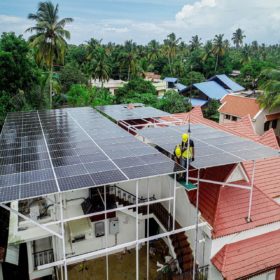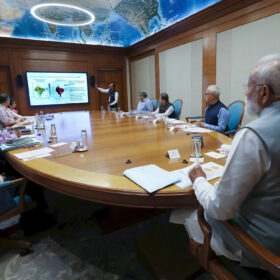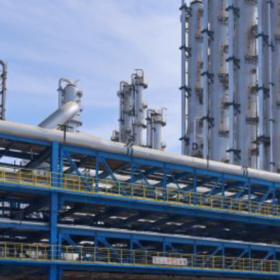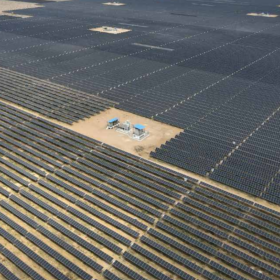Tata Power, Indian Bank partner for collateral-free loan to residential rooftop solar customers
The collaboration aims to facilitate financing solutions under the Pradhan Mantri Surya Ghar Muft Bijli Yojana scheme for rooftop solar PV installations up to 3 kW, as well as extend support for installations ranging from 3 to 10 kW under the regular scheme.
Gujarat, Karnataka top performing Indian states in transition to clean electricity
A new report says that while the national-level transition towards clean electricity is progressing well in India, it is far more uneven at the state level. It highlights the need for states to strengthen regulatory frameworks and develop transition plans.
Solar power generation in India hit by winter air pollution: Solargis
Solargis data indicates that Indian solar operators have experienced below-average PV panel performance due to air pollution in each of the past five Winters. Northern India experienced the worst air quality in decades this January with data showing a 30-50% dip in solar irradiance due to high aerosol levels.
Global solar PV capacity hit 1.6 TW in 2023, says IEA-PVPS
The International Energy Agency (IEA) Photovoltaic Power Systems Programme (PVPS) has published a wide-reaching snapshot of the global PV market, covering installations, manufacturing, policy trends, and grid integration.
Hail damage and toxicity risks in solar plants
US news outlets have reported resident concerns about leaked toxins from solar facilities in Texas that were damaged by a hailstorm. The Solar Energy Industries Association (SEIA) has rejected the reports, which contained categorically false information.
MNRE releases draft guidelines for residential rooftop solar subsidy scheme
The Ministry of New and Renewable Energy has released the draft guidelines for PM Surya Ghar: Muft Bijli Yojana which is aimed at installing rooftop solar plants in one crore (10 million) households with subsidy support from the central government.
India’s ruling party pledges renewables, manufacturing focus in its poll manifesto
India’s ruling party Bharatiya Janata Party (BJP) has vowed continued focus on renewables, energy storage and electric mobility with a view to achieving energy independence for the nation by 2047.
Bridging the skill demand-supply gap in solar and green hydrogen sectors
The demand-supply gap for skilled workers in solar and green hydrogen sectors is a significant challenge for India’s transition towards a sustainable future. However, by prioritizing comprehensive skilling initiatives and fostering strong collaborations between the government, educational institutions, and industry stakeholders, the nation can effectively bridge this gap and unlock the full potential of its renewable energy and sustainability ambitions.
India surpasses 75 GW of installed solar capacity
India’s cumulative solar PV installations hit 75.58 GW at the end of February, according to the latest figures from the Ministry of New and Renewable Energy (MNRE).
Greenfuel Energy launches wall-mount lithium batteries for home inverters
Greenfuel residential lithium batteries are available in 12.8V 100Ah, 25.6V 100Ah, and 48V 100Ah configurations, catering to power requirements ranging from 1 kW to 5 kW.
